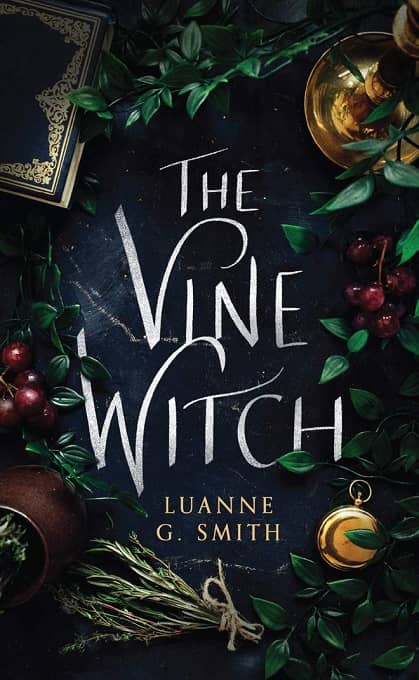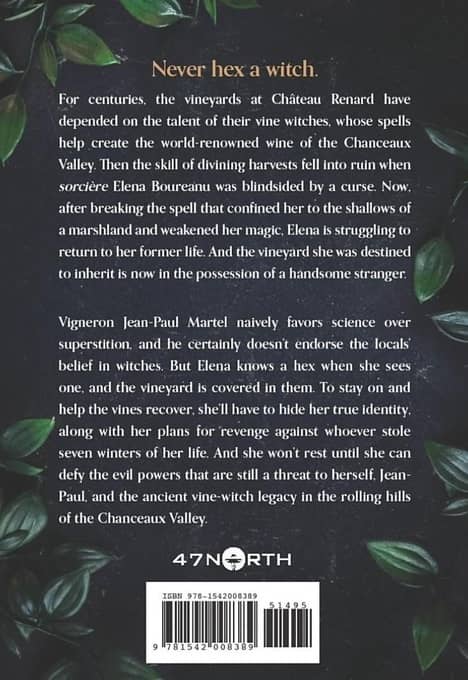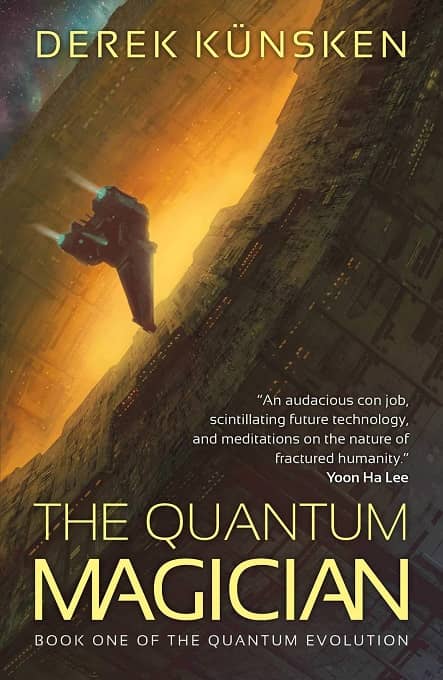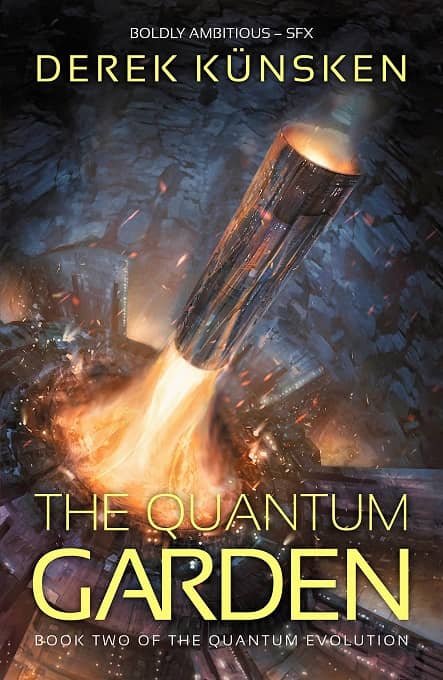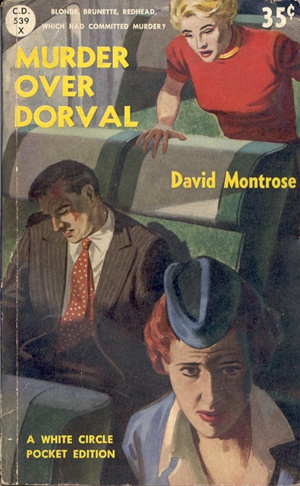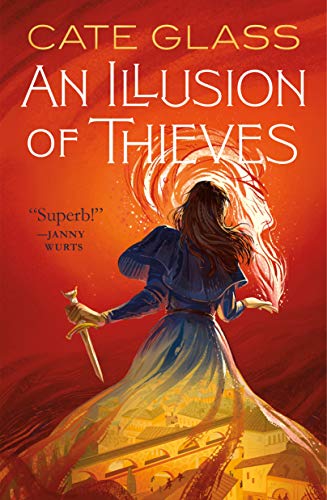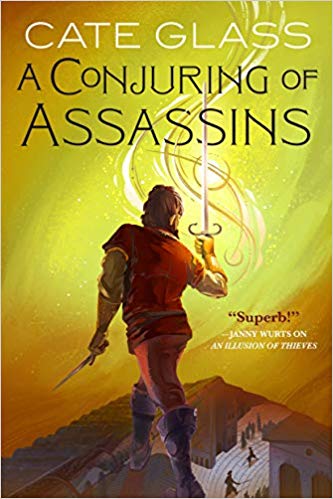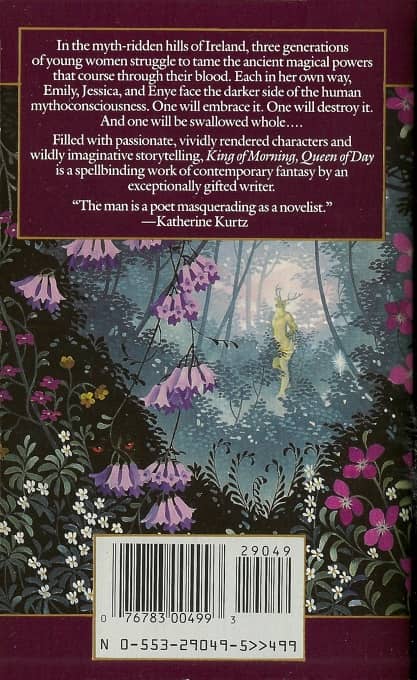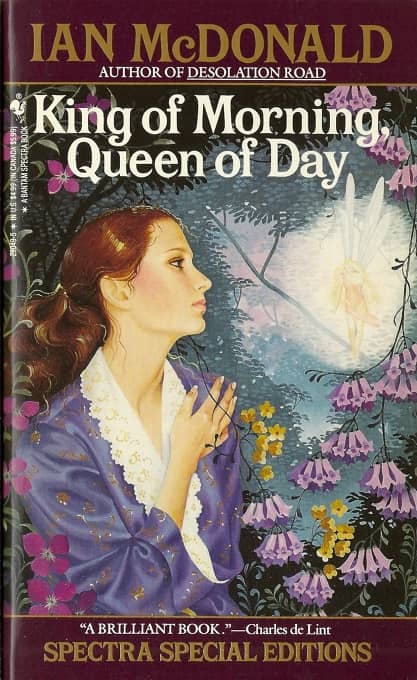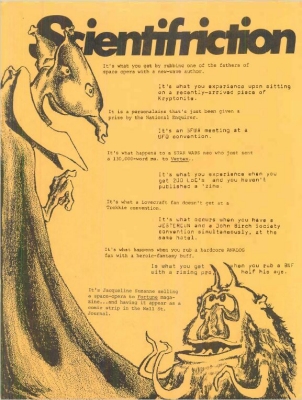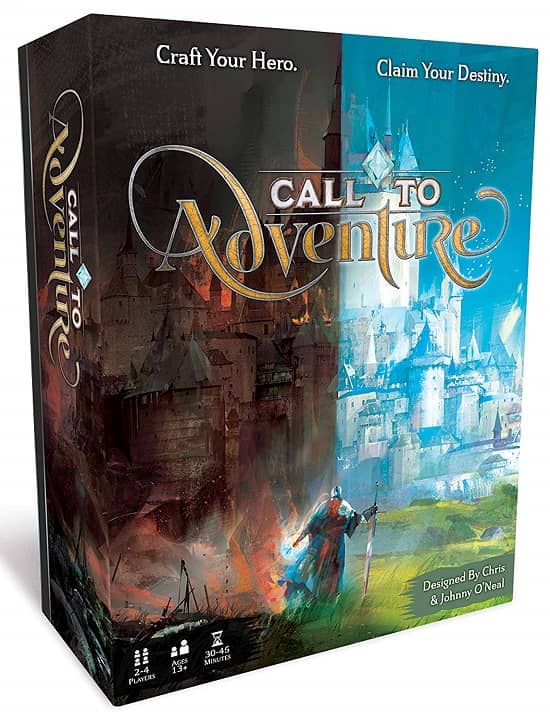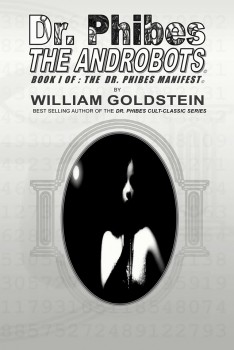Of Swords & Scrolls: An Interview with Author David C. Smith
|
|
Joe Bonadonna introduces David C. Smith
In 1978, before emails and the Internet, I was working on a novella and reading Dave’s excellent first novel, Oron, when I came across a plot device/character trait in his novel that bore a striking similarity to something I had already incorporated into my story. Already a fan of Dave’s, and knowing he knew Charles Saunders, to whom I had sold several short stories for his and Charles de Lint’s excellent Dragonfields, I asked Saunders for Dave’s address; he was still living in his hometown of Youngstown, Ohio at the time. I wrote Dave a letter and he responded almost immediately. From 1978 until early 1996, when he and his wife Janine — who has a graphic design degree and is a very talented illustrator who did the maps for the brand-new, Wildside Press edition of Dave’s Fall of the First World trilogy — moved to Palatine, IL we kept up a steady correspondence that rivaled if not exceeded the lengthy correspondence between Robert E. Howard and H. P. Lovecraft. Their move occurred during a time when Dave and I had taken vacations from writing. But during the summer of 1996, I finally persuaded him to work with me on a zombie apocalypse screenplay called Twilight of the Dead (later retitled Children of the Grave), and then we collaborated on what we consider to be a solid screenplay called Magicians, which was based on his two David Trevisan novels: The Fair Rules of Evil and The Eyes of Night. That script did exceedingly well in screenplay competitions and we still have hope that one day it will be optioned by some wise, far-sighted and talented producer or director. (By the way, it was at the late and lamented Top Shelf Books in Palatine, at the monthly author’s live-reading night in 2010, where Dave and I met John O’Neill, the Great Eye of Black Gate.)

